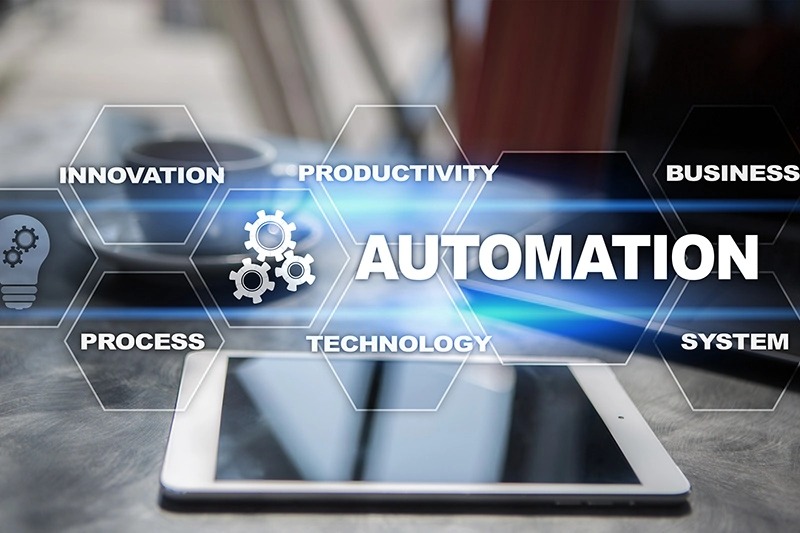The business world is constantly evolving and striving to move to a paperless culture. Electronic documents are replacing paper documents with the help of document scanning services. Once digitized, documents need to be stored for easy access and retrieval. This is possible with document automation.

Document automation involves taking data and text from various sources and placing them in defined areas of document templates. These templates can include simple text blocks and more complex elements like tables, graphs, and images. Automation is useful when you need to assemble various types of complex documents at scale and store and manage them. Let’s look at the document automation trends in 2022.
- Document parser: A document parser helps minimize the processing time from hours to minutes, prevents data entry errors, facilitates better decision-making with accurate data, and ensures improved document security. It helps streamline your entire data entry process.
- Email parser: It aims at extracting information contained within emails. Businesses receive a lot of information by email, and an automation tool that can accurately extract that data is the best way to process emails. It helps save time, effort, and money and move email attachments to your system.
- Artificial Intelligence: Artificial intelligence uses digital data, digital sensors, remote inputs and a combination of information from different sources to derive valuable insights. It also makes finding documents with keywords easy so that your employees need not waste their valuable time looking for records they need.
- Machine Learning: Machine learning is a branch of Artificial Intelligence wherein data and algorithms are used to imitate how humans learn, improving accuracy progressively.
- Handwriting Recognition: This tool combines Advanced Document Capturing and Machine Learning to identify and extract text in handwritten documents such as medical forms or cheques. It also helps identify keywords, translate handwritten content to another language, convert speech to text, and identify text and images. Three industries benefit more from this trend: education, healthcare, and field services.
- Structured Data: This promotes an organized and structured database as it follows a set of rules. Structured data tools can quickly automate lists of names, addresses, phone numbers, purchase history, and social media followers.
- No-code solutions allow non-programmers and programmers to develop customized business apps and document automation using a graphical user interface. No-code tools simplify complex IT procedures. They can also be used for training, deploying machine learning, and testing without leveraging IT resources.
- Cloud: Businesses now use a hybrid solution that uses a combination of private and public cloud servers to manage data.
- Contract Automation: This helps generate, store, and manage contracts using the software. It automates contracts like non-disclosure agreements, employment offers, and so on. Contract automation is widely used in the insurance industry due to its efficiency and durability.
- Natural Language Processing: Natural language processing is a branch of Artificial Intelligence that involves interaction between human language and computers to input what was said into a computer. Natural language programming is the basis of computer programs that translate languages in documents, answer spoken commands, and sum up large volumes of text quickly.
Document automation has become important in all industries, as it helps to make the process of storing and retrieving documents so much simpler. More and more companies are moving towards document automation to streamline their operations.
